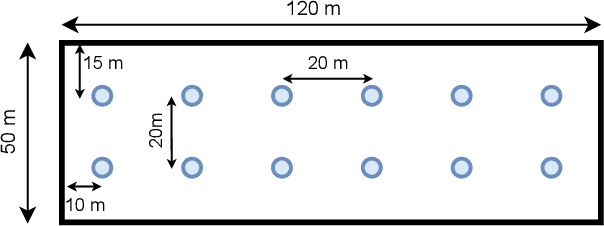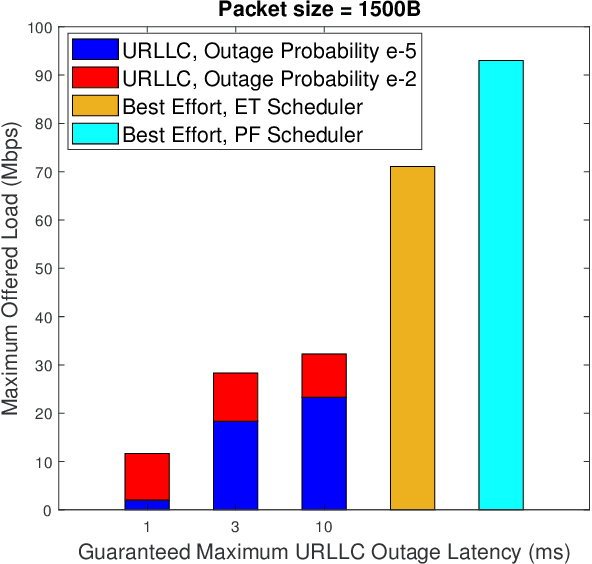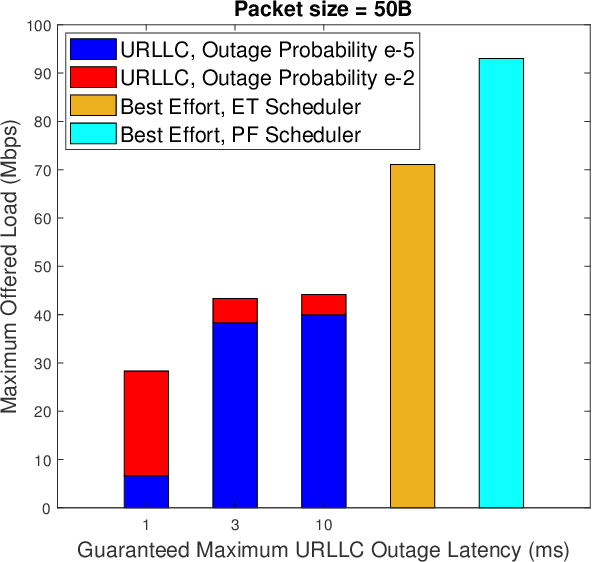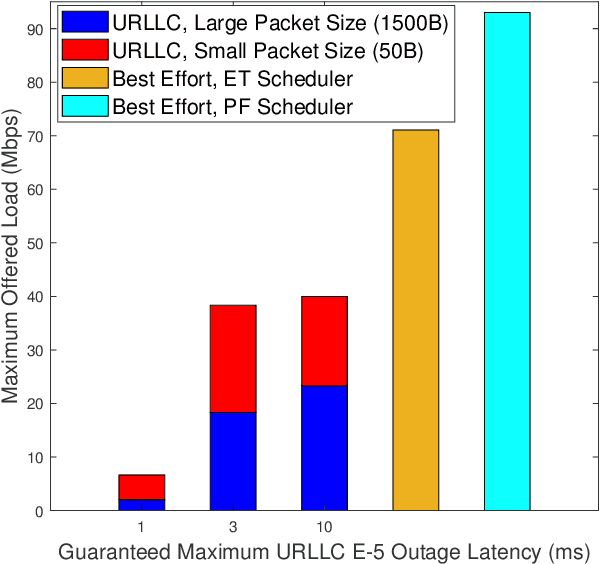Ali A. Esswie
Evolution of 3GPP Standards Towards True Extended Reality (XR) Support in 6G Networks
Jun 06, 2023Abstract:Extended reality (XR) is a key innovation of 5G-advanced and beyond networks. The diverse XR use-cases, including virtual reality, augmented reality, and mixed reality, transform the way humans interact with surrounding environments. Thus, XR technology enables true immersive experiences of novel services spanning, e.g., e-commerce, healthcare, and education, respectively. However, the efficient support of XR services over existing and future cellular systems is highly challenging and requires multiple radio design improvements, due to the unique XR traffic and performance characteristics. Thus, this article surveys the state-of-art 3GPP standardization activities (release-18) for integrating the XR service class into the 5G-advanced specifications, highlighting the major XR performance challenges. Furthermore, the paper introduces valuable insights and research directions for supporting true XR services over the next-generation 6G networks, where multiple novel radio design mindsets and protocol enhancements are proposed and evaluated using extensive system level simulations, including solutions for application-native dynamic performance reporting, traffic-dependent control channel design, collaborative device aggregation for XR capacity boosting and offload, respectively.
Capacity Cost of Fulfilling the URLLC Performance in Industrial 5G New Radio Deployments
Apr 02, 2022



Abstract:The development of the 5G new radio specifications has been derived by the the deterministic low latency use cases such as the ultra-reliable and low-latency communications (URLLC). A URLLC application requires a stringent radio latency and reliability performance, e.g., one-way radio latency of 1 ms with 99.999% success probability. Furthermore, there is a concurrent progressive demand for broadband capacity cellular applications, e.g., enhanced mobile broadband (eMBB) use-cases. The coexistence among the URLLC and eMBB service classes over a single radio spectrum is a challenging task since achieving the tight URLLC radio targets typically results in a capacity loss. Hence, it is vital for telecom operators to understand the capacity cost of fulling the various URLLC requirements in order to sufficiently plan the corresponding pricing models. Hence, in this work, a comprehensive analysis of the system capacity loss is presented to achieve the various requirements of the different URLLC use-cases. An extensive set of realistic system level simulations is performed and introduced where valuable insights and system design recommendations on the URLLC-eMBB quality of service coexistence are presented.
Power Saving Techniques in 3GPP 5G New Radio: A Comprehensive Latency and Reliability Analysis
Apr 02, 2022



Abstract:Energy efficiency is critical for future sustainable cellular systems. Power saving optimization has been a key part of the fifth generation (5G) new radio specifications. For 5Gadvanced and future 6G, with the anticipation of a trillion internet of things (IoTs) devices with non-rechargeable or low-density batteries, device power efficiency is rather essential. There are numerous contributions from industry and academia which present the potential power saving gains of the various 5G power saving techniques; however, there is a lack of art on the performance cost paid to achieve such power saving gains. Therefore, this paper presents a comprehensive evaluation of the radio latency and reliability cost, which is lost due to a certain 5G new radio power saving feature. A thorough review of the state of-the-art 5G power saving techniques is introduced. Extensive system level simulations are performed to evaluate the latency and reliability cost of the considered power saving features. The paper offers valuable recommendations for supporting power efficient latency-critical traffic for beyond 5G-advanced systems.
 Add to Chrome
Add to Chrome Add to Firefox
Add to Firefox Add to Edge
Add to Edge